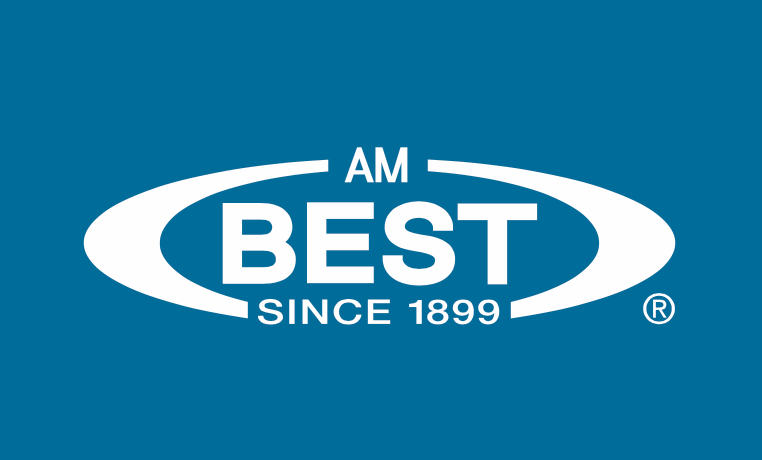
The “2018 Global Study on Occupational Fraud & Abuse” from the Association of Certified Fraud Examiners (ACFE) found that the typical organization loses an estimated five percent of its annual revenues to occupational fraud.In that same study, the ACFE found that the median loss caused by occupational fraud was $130,000.This is a loss no restaurant or bar can afford.
What Does Restaurant Fraud Look Like? Restaurant fraud is quite common, especially with a large staff.Combine this with overlapping multiple shifts and employee turnover, it’s the perfect opportunity for restaurant fraud to occur.Below are some red flags to look for: Employee lifestyle changes (expensive cars, jewelry, homes, clothes)Significant personal debt and credit problemsBehavioral changes (an indication of drugs, alcohol, gambling or fear of losing the job)Refusal to take vacation or sick leave (many violations are discovered while the perpetrator is on vacation)Lower deposit amounts than expected on busy daysMake Employee Fraud Recognition Part of Your Training You can mitigate the risk of employee restaurant fraud through training and internal controls.
Teach employees and managers the impact fraud can have on the restaurant, what constitutes fraud, the warning signs of fraudulent activity, and how to report suspicious behavior.In the event of fraudulent activities, it’s important that business owners have a restaurant fraud reporting system in place as employee tips are what most often uncover occupational fraud.Institute an anonymous reporting system for employees, vendors and customers to report any suspected or actual violations.
Craft and implement anti-retaliation policies that actively encourage employees to report suspicious activity.Read, ‘Employee Dishonesty: Identify Threats.’ Implement Internal Controls In addition to training, internal controls are important to help mitigate the risk of employee restaurant fraud.Internal controls help ensure efficient operations, compliance with laws and regulations, safeguarding of assets, and accurate financial reporting. These policies & procedures should address: Separation of duties: Implement a practice in which two separate employees are responsible for recording and processing a transaction.Access controls: Restrict access to physical and financial assets and information, including online financial information such as bank accounts and credit card transactions, to authorized employees.Authorization controls: Develop and implement policies to determine how financial transactions are initiated, authorized, recorded and reviewed.Policies: Establish and communicate strict policies for accessing company assets such as business inventory.Exposure to cash: Monitor cash transactions closely and request receipts for all transactions.Audits: Institute regularly scheduled and occasional random audits by a qualified financial professional such as a CPA.Conduct Background Checks It’s also a best practice for restaurant owners to conduct extensive background checks on those who have access to company funds and other resources.
Employee fraud and dishonesty take a toll on restaurants and bars of all sizes – a toll of around five percent of profits.By being able to identify potential red flags, making the topic part of employee training, and implementing checks and balances, you will be able to take action to reduce the risk of business-damaging events.To learn more about how Society Insurance can help your restaurant grow and mitigate risk, consult with a Society agent in your area.
Share this post:FacebookTwitterLinkedinemail
Publisher: Society Insurance








